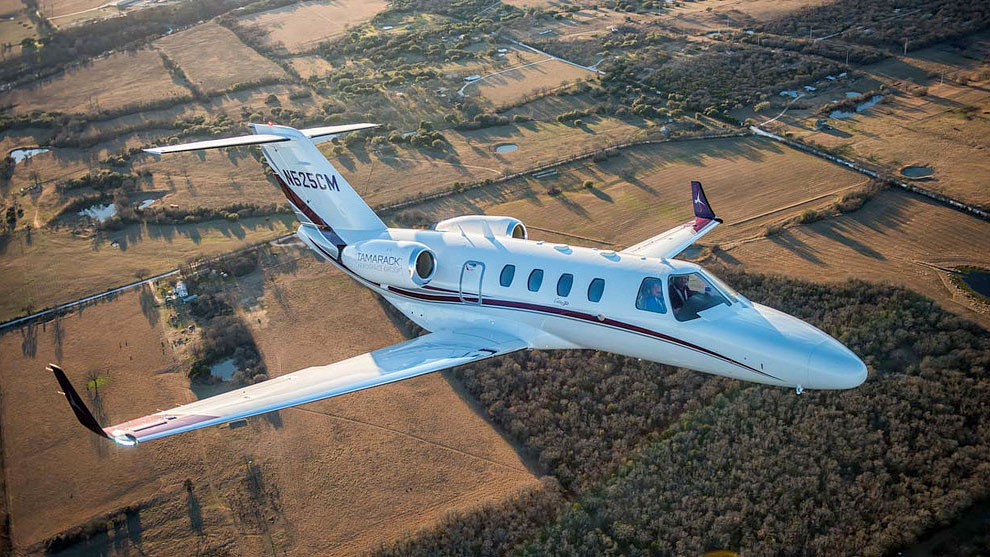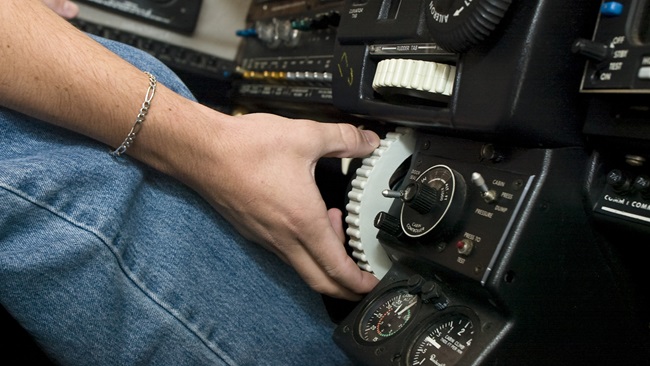Active winglets bring benefits to GA and now airliners
The description of flying higher and faster with lower fuel burns almost sounds too good to be true, but customers are experiencing all of the above with the Tamarack Aerospace Atlas active winglet system, according to company officials.
The system includes a wingspan extension of about five feet on the Cessna Citation CJ series and winglets. The wing extensions don’t require heavy or complex structural additions like most extension and winglet programs because the extension includes a flight control system that automatically reduces the loading on the wing when turbulence is detected. However, the rest of the time, the longer wing and the winglets reduce drag, allowing for faster climbs, lower fuel burn, and longer range, said Justin Ryan, president of Tamarack. “Beyond range and time to climb, owners will also see the other benefits of Tamarack’s Active Winglets such as stability, fuel economy, increased maximum zero fuel weight, improved hot/high performance, aesthetics, and value retention.”
Tamarack has partnered with Innova Aerospace for installation of the Atlas system on the Citation Ultra and Encore.
Also at the National Business Aviation Association convention in Las Vegas, the company announced that it is exploring bringing a version of the product to the airliner market.
“This is a natural progression for Tamarack,” said Nick Guida, founder and CEO of Tamarack. “We have been working on new technology for several years but have waited for the patents to mature. Building on the success of Atlas for CitationJets, we are announcing some of our technologies that will bring the same benefits, and more, to air transport. The Commercial Active Winglet we are demonstrating at NBAA has three of the new features that allow us to actively control wing loading, and thus efficiency.
“First, the winglet can adaptively adjust its toe angle inwards and outwards according to flight conditions, maintaining optimization throughout the entire flight, rather than for only a single point in the sky. Second, the TACS (Tamarack Active Camber Surface) can now not only instantly turn off the winglet when loads are detected, but it can also droop to control wing loading or twist for peak efficiency. The two patents now act synergistically, such that the efficiency increases gained when they are both working together are greater than the sum of their individual contributions. Basically, we can actively control wing loading, wing twist, and with the speed of our actuators, even aerodynamic flutter. Lastly, the leading edge of the Commercial Active Winglet has a load alleviation device, which prevents excess loads such as those experienced in a side gust event.”
Ryan believes the combination will be a compelling product for the airline industry. “Instead of a passive winglet that is optimized for only one specific flight condition, the Commercial Active Winglet continuously adapts to provide operators with peak efficiency throughout the flight with a winglet that is 40 percent lighter,” he said.




